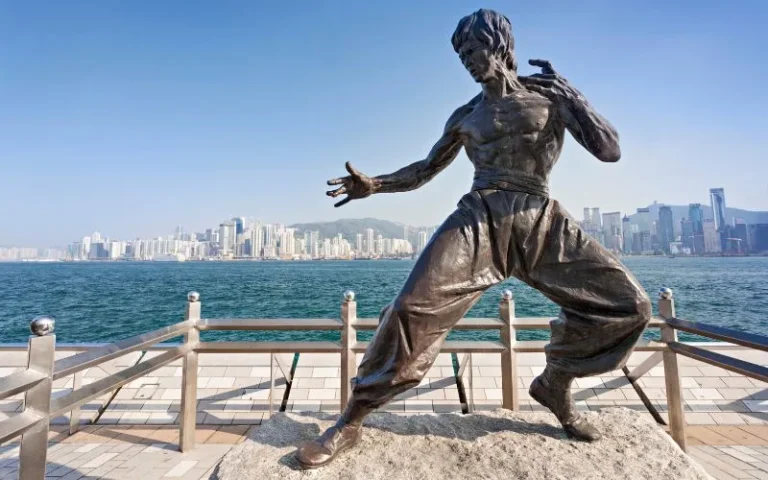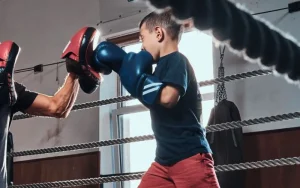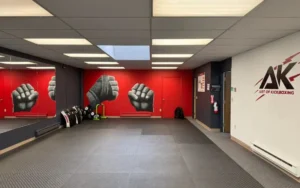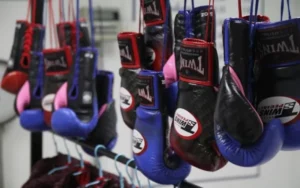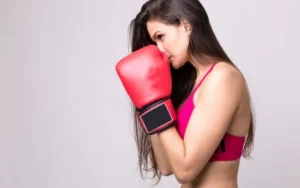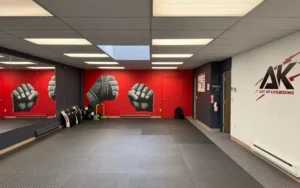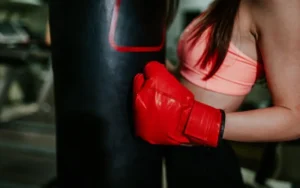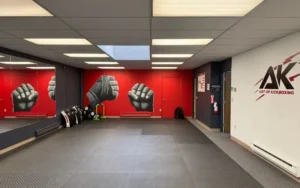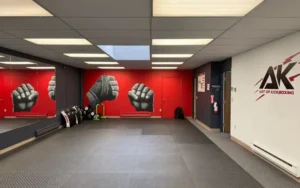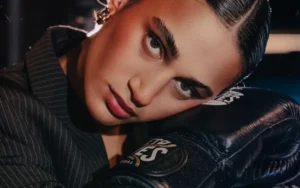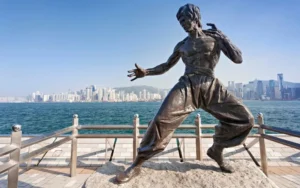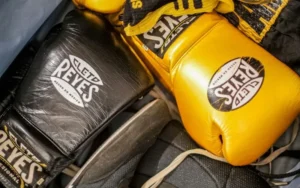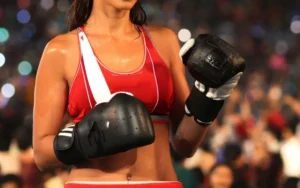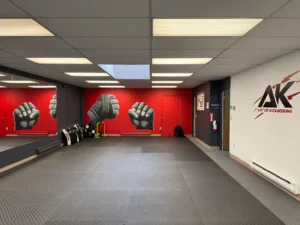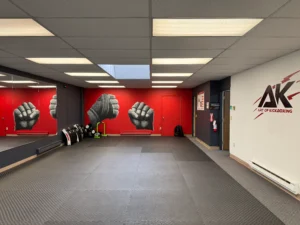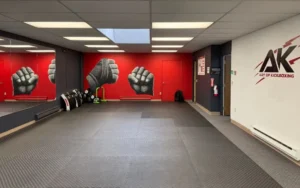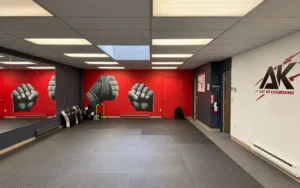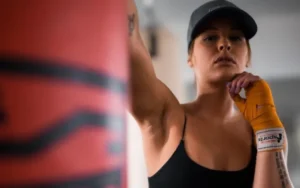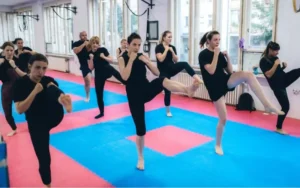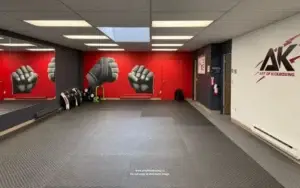What martial art did Bruce Lee use? The martial art Bruce Lee used the most is Jeet Kune Do (JKD). Jeet Kune Do was Bruce Lee’s personal philosophy of martial arts, emphasizing efficiency, adaptability, and directness. It blended techniques from multiple disciplines, including Wing Chun, boxing, fencing, Muay Thai, judo, and Jiu-Jitsu, allowing him to respond fluidly to any fighting situation.
This article will go through the most complete list of the known martial arts (including weapon martial arts) that Bruce Lee practiced.
What martial art did Bruce Lee use the most?
Bruce Lee trained in numerous martial arts, but the one he used most consistently in his personal practice and teaching was Jeet Kune Do (JKD). JKD was not a traditional martial art but a hybrid martial art style (which incorporated different martial art techniques), philosophy, and method created by Bruce Lee to maximize efficiency, adaptability, and realism in combat.
Unlike classical martial arts, which often emphasize rigid forms, JKD encourages fluidity and integration of techniques from multiple disciplines, including boxing, Muay Thai, and Wing Chun, the Chinese martial art that laid the foundation for his early training.
Complete List of Martial Arts Bruce Lee Practiced
- Wing Chun — ~1954–1958 (Ving Tsun Athletic Association, Hong Kong; Sifu Ip Man)
- General childhood kung fu exposure — 1950s (family and local teachers in Hong Kong)
- Boxing — ~1959–1961 (Hong Kong; amateur contests, hand speed/footwork)
- Judo — early 1960s (basic throws and grappling fundamentals)
- Fencing — early–mid 1960s (principles of distance, timing, interception)
- Tai Chi / Tai Chi Chuan — mid 1960s (internal flow, balance)
- Karate — mid 1960s (movement, strikes, distance control)
- Chinese styles beyond Wing Chun (Choy Li Fut, Northern Shaolin, Southern & Northern Praying Mantis, etc.) — mid 1960s (supplementary techniques and forms)
- Filipino stick fighting (Eskrima/Arnis/Kali) — mid–late 1960s (weapon timing, angles, stick-to-empty-hand transitions)
- Muay Thai elements/kickboxing influences — mid–late 1960s (low kicks, conditioning)
- Judo/Jiu-Jitsu / early grappling exploration (including exposure to Brazilian Jiu-Jitsu concepts) — late 1960s (takedown and ground awareness)
- Weapons training (nunchaku, staff/bo, swords Dao/Jian, tonfa, sai, rope-dart/chain, short weapons) — 1960s (integrated into his training and demonstrations)
- Jeet Kune Do (creation and teaching) — 1967–1973 (US; his hybrid, formless fighting philosophy)
Early Training: Wing Chun
Born in Hong Kong, Bruce Lee began his martial arts journey under the guidance of Sifu Ip Man, a legendary Wing Chun master.
Wing Chun is a Kung Fu/Gung Fu style known for its close-range combat, quick strikes, and focus on centerline theory. Bruce Lee honed his fundamentals of martial arts through Wing Chun, learning proper stance, trapping, and training with wooden dummy techniques.
He also studied under other masters and explored different Chinese martial arts, including Tai Chi and Choy Li Fut, broadening his understanding of martial principles. His Wing Chun foundation equipped him with precision, speed, and adaptability, all of which became core elements of his later philosophy in JKD.
Jeet Kune Do (JKD): The Martial Art That Bruce Lee Used Most
What JKD Is: A Hybrid Martial Art
Jeet Kune Do, created by Bruce Lee in the late 1960s, is often called the “art of intercepting fist.” Its guiding principle is efficiency: using no movement or technique that does not serve a purpose.
Bruce Lee described JKD as formless, adaptable, and free of the limitations imposed by traditional martial arts styles. Techniques are borrowed from multiple disciplines, including boxing, Muay Thai, Jiu Jitsu, and karate, with the goal of preparing a fighter for real-world combat and mixed martial arts scenarios. JKD is not about learning every technique but understanding how to blend strategies for practical purposes.
Philosophy Behind JKD
Bruce Lee’s philosophy emphasized fluidity and adaptability.
He famously said: “Empty your mind, be formless, shapeless — like water. You put water into a cup, it becomes the cup. You put water into a bottle, it becomes the bottle. Now water can flow or it can crash. Be water, my friend.”
This principle guided the development of JKD, encouraging practitioners to absorb what is useful from different fighting styles while discarding what is not. JKD also promotes conditioning, awareness, and mental agility, reflecting Bruce Lee’s holistic approach to martial arts mastery.
Art of Kickboxing’s Hybrid Kickboxing Style
At Art of Kickboxing, we adopt a similar hybrid approach, developing students into versatile martial artists. Our kickboxing style integrates kickboxing, boxing, karate, and Muay Thai into a complete striking system suitable for MMA and practical self-defence.
- Kickboxing forms the backbone of our approach, teaching students how to combine punches and kicks fluidly, building timing, rhythm, and overall coordination.
- Boxing enhances this foundation by refining hand techniques, defensive awareness, and footwork, giving students precision and control in exchanges.
- From Muay Thai, practitioners gain the power behind low kicks and the conditioning necessary for close-range combat, while learning to maintain mobility to avoid vulnerabilities such as takedowns.
- Karate contributes strategic movement, angle management, and spatial awareness, helping students position themselves effectively and create openings.
Our hybrid system produces adaptable fighters, teaching skills that traditional kickboxing alone cannot, such as defending against aggressive attackers, grappling, multiple threats, and maintaining balance under pressure. Students develop confidence, self-esteem, and appreciation for diverse martial arts disciplines, reflecting the spirit of the legendary martial arts master, Bruce Lee.
Bruce Lee’s influence remains profound. From his iconic Hong Kong film Enter the Dragon to Fist of Fury and Game of Death, his martial arts mastery and innovative philosophy continue to inspire students worldwide. At Art of Kickboxing, we honor that legacy by training adaptable, skilled martial artists who can flow like water in any fighting scenario.
Interested in learning martial arts? Enroll in martial arts classes at Art of Kickboxing in Metro Vancouver today!
